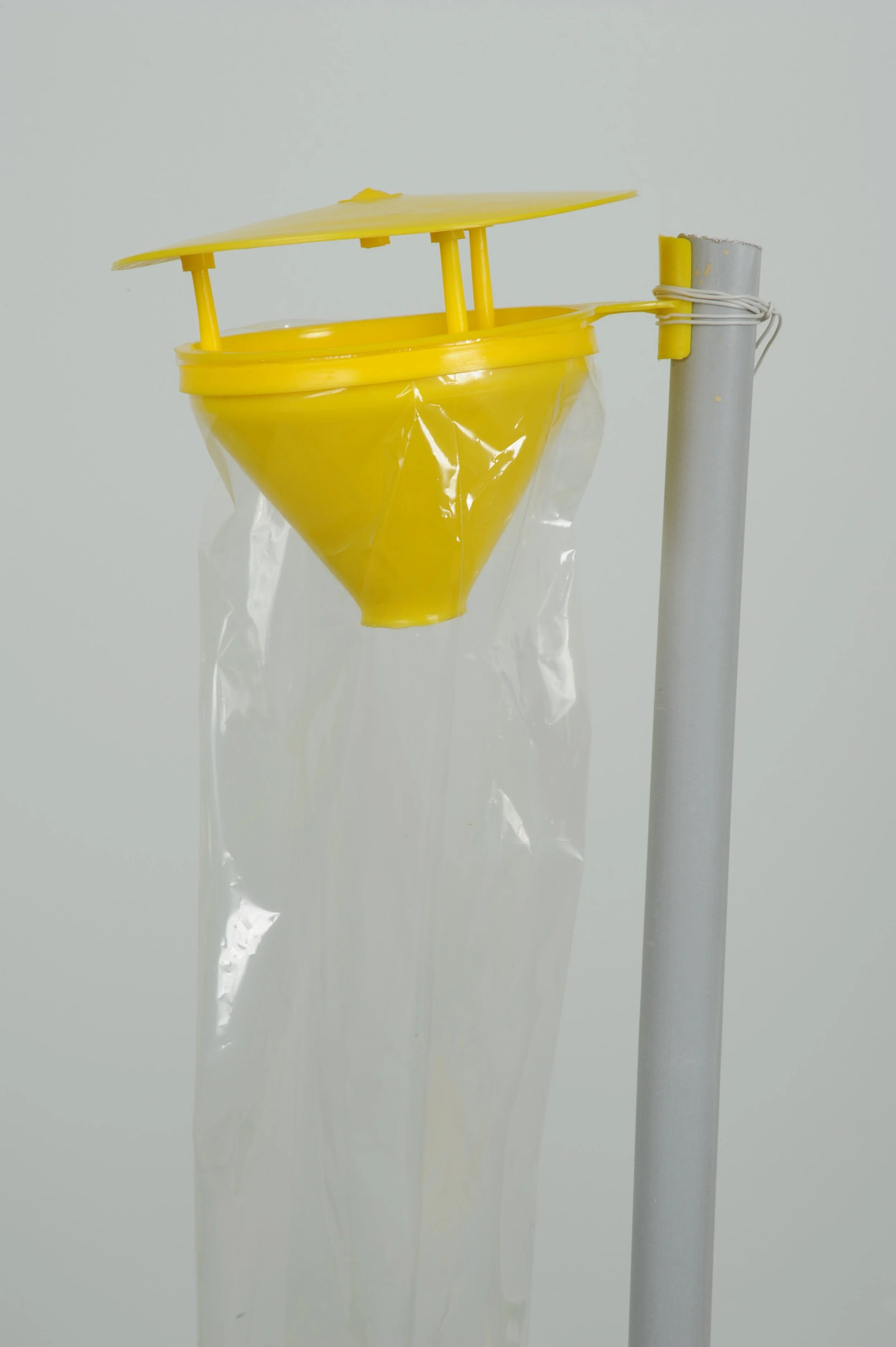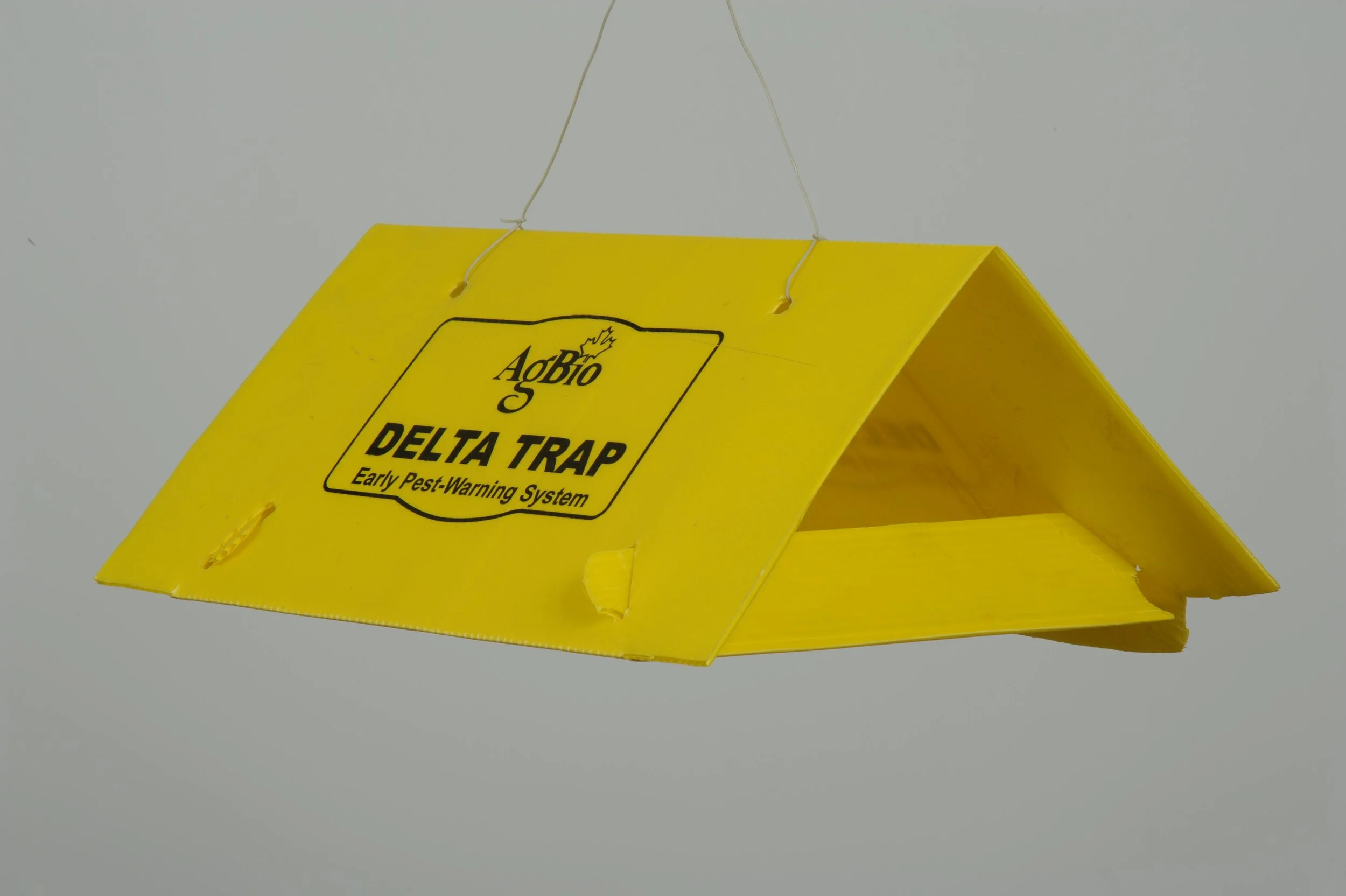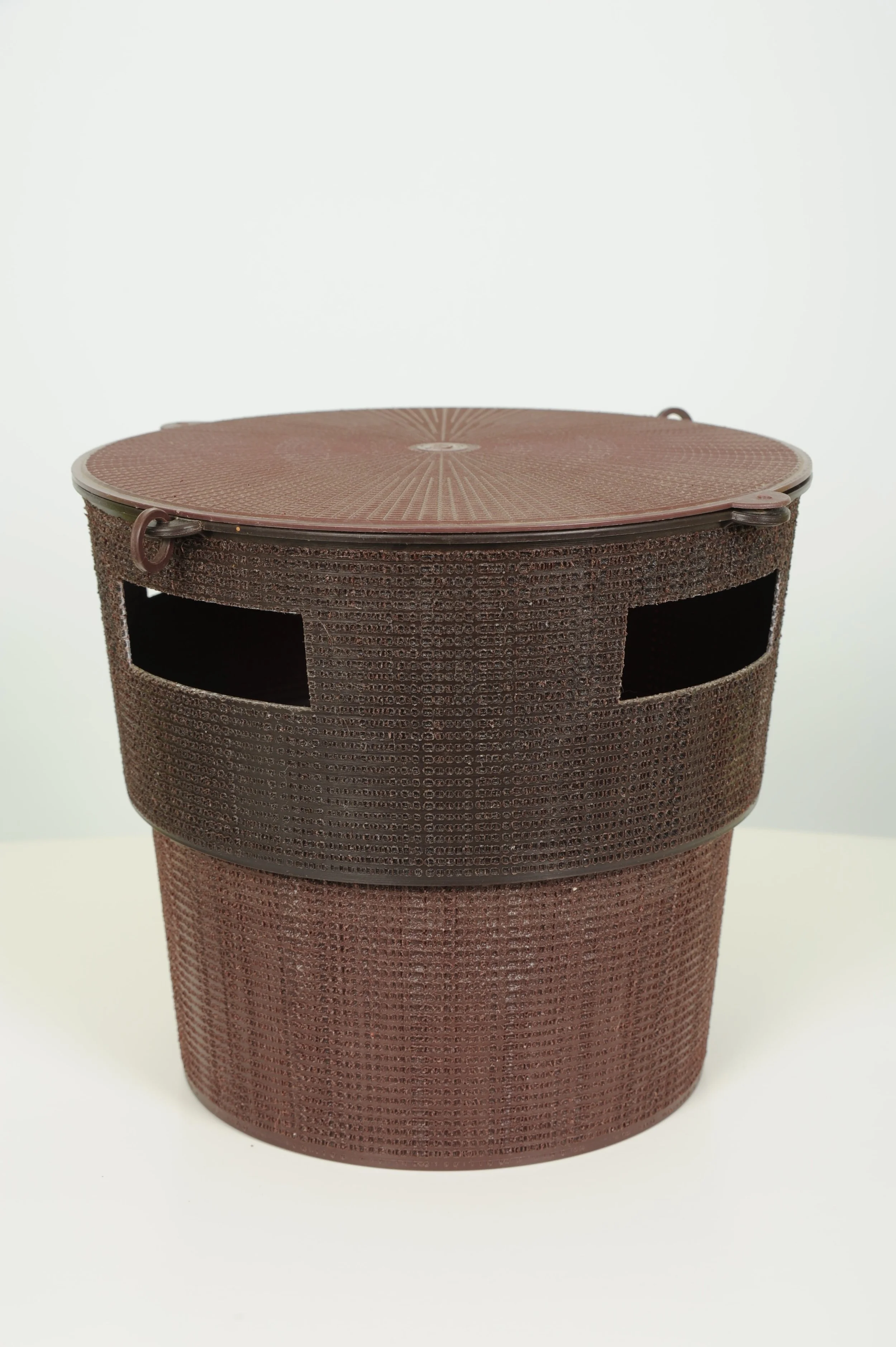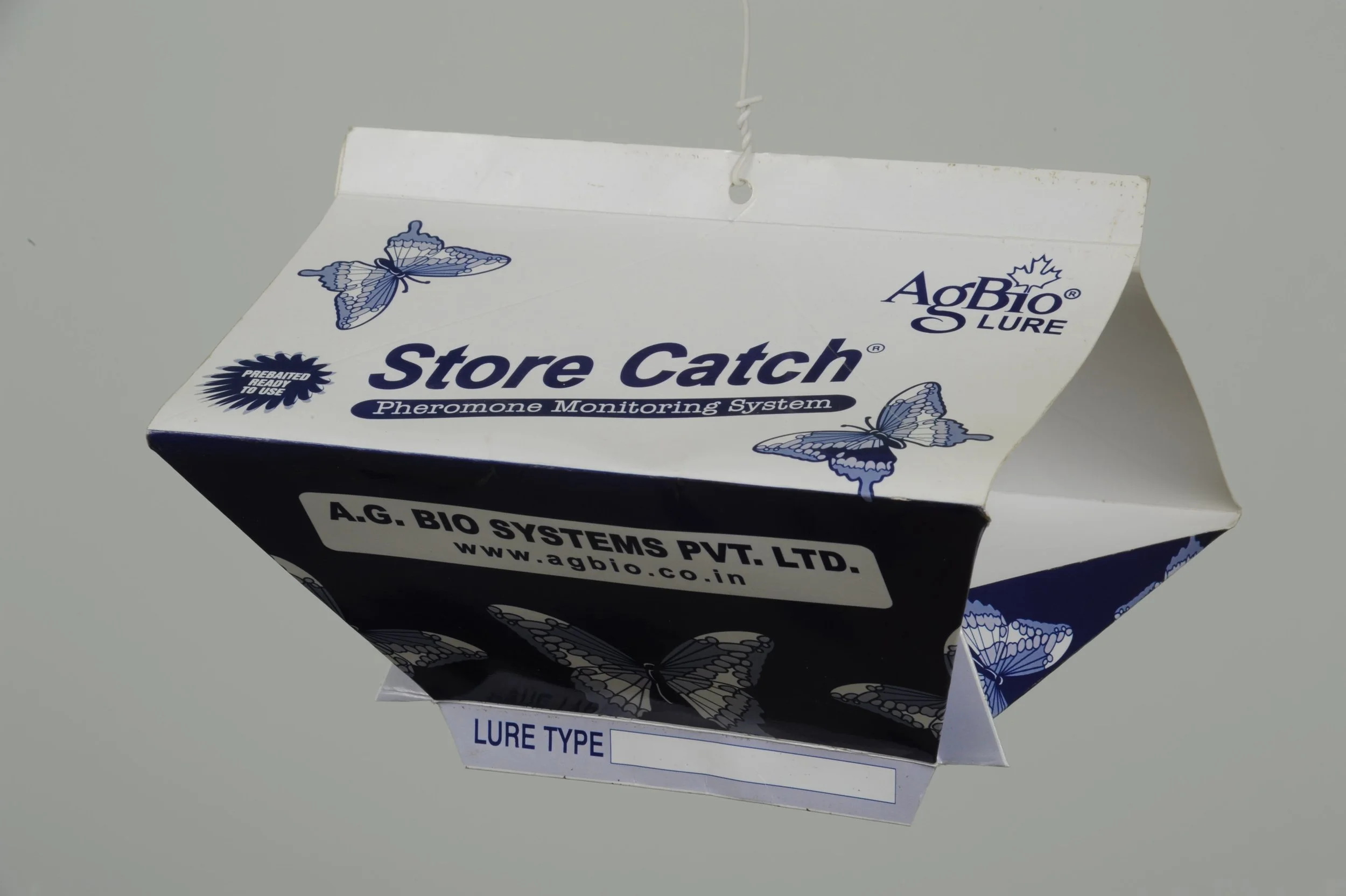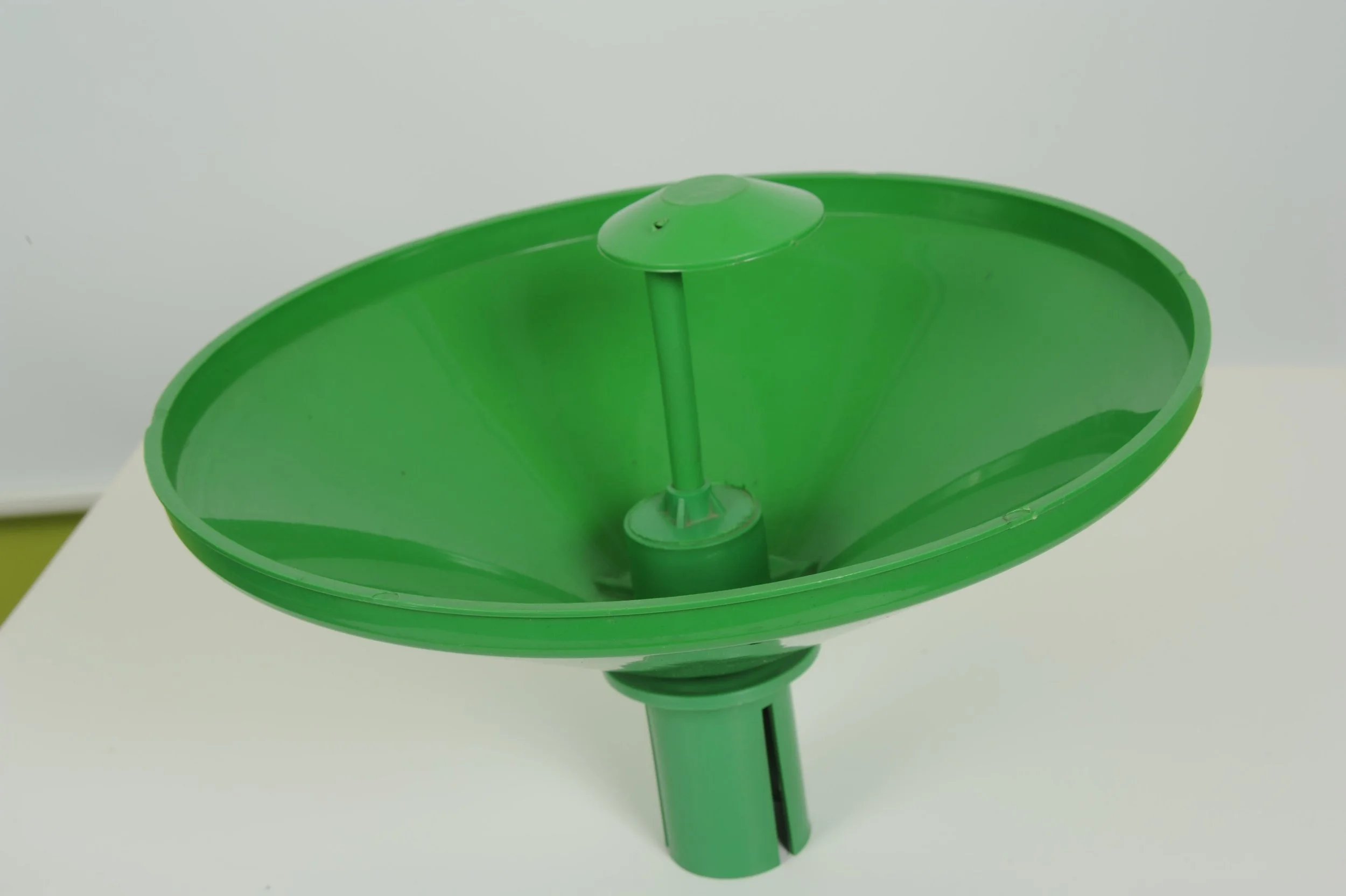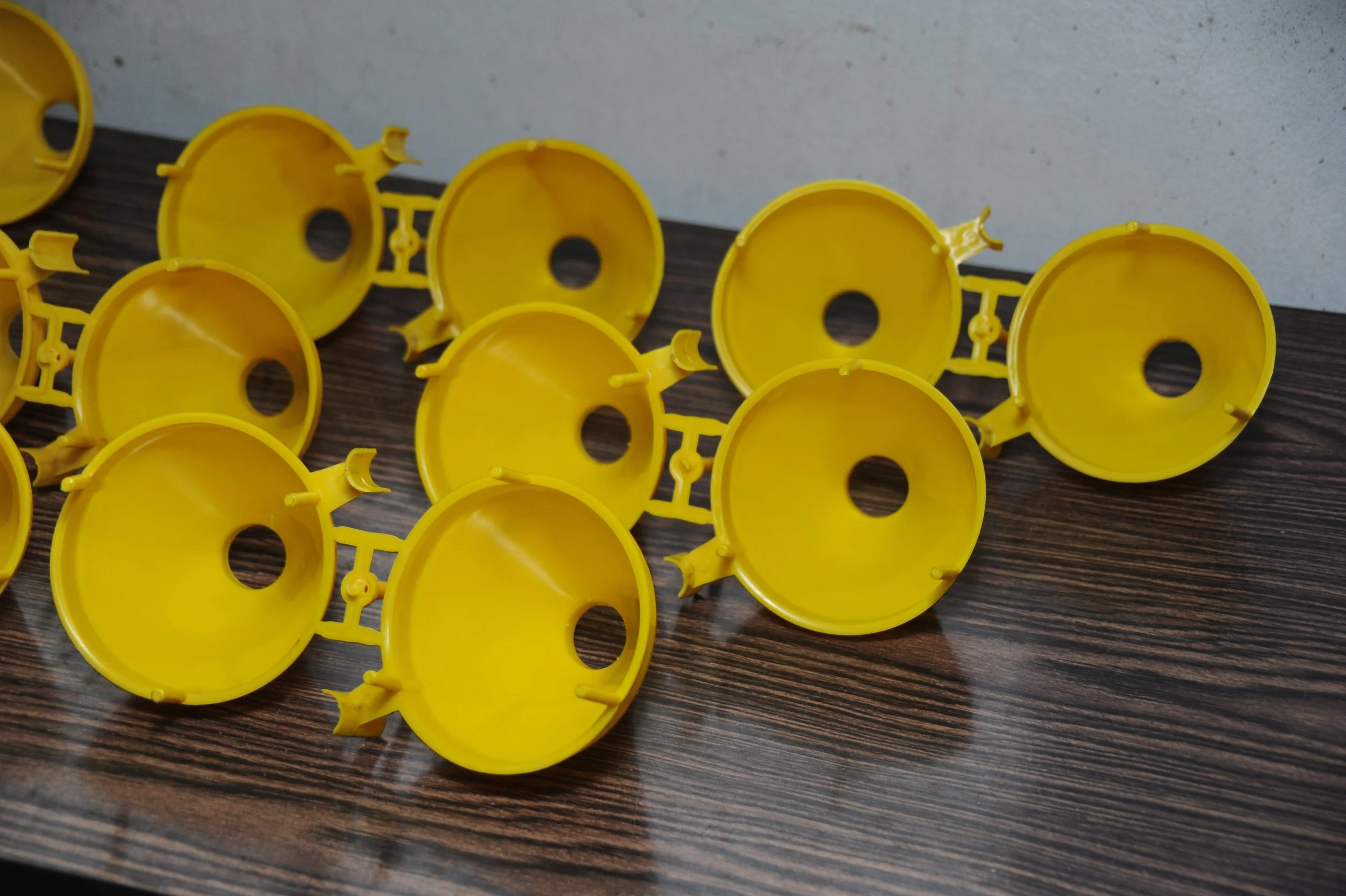Insect Pheromones
In nature, all living organisms have developed a mechanism to communicate with one another. Semiochemicals and pheromones are such molecules that are naturally occurring, short chain organic signaling compounds that plants, insects, and animals release to affect the behavior of other organisms. AGBIO’s scientists constantly look for novel chemical signaling molecules produced by economically important crop pests. Over the years, our scientists have successfully identified and developed several pests signaling molecules, which have helped farmers to monitor the pest population during early cropping season. A.G. Bio employs novel methods to understand the behavior modification of insects using pheromones in our inhouse DSIR recognized R&D facility.
Pheromones
The insects produce signaling molecule/s to send information that cause the behavior changes in the opposite sex. In nature, female insects of different species produce a characteristic organic compound/s, which attracts male species for mating. These semiochemicals are known as ‘Sex Pheromones’.
We at AGBIO, tap those organic compounds and manufacture lures for specific insect species. Once this lure is placed in a sustained release dispenser and kept in the specially designed trap, the pheromone from the dispenser gradually evaporates and forms fumes and spreads in air by diffusion process. The male insect receives the pheromone and changes in their behavior and is attracted to the lures, which serve as female decoys and eventually get trapped. In some cases, insecticide with quick knockdown and fumigation effects such as DDVP (Dichlorvos) is used for killing the trapped adults
Pheromone Traps are specially designed using UV stabilized plastic and scientifically proven for better trapping using species specific lures to monitor specific pests. Once the moth enters the trap, they will not be able to come out. In total, it consists of three parts, i.e., - the wide bottoms bowl/ collecting bag, funnel, and the top canopy cover. The top cover has a central hole for holding a dispenser containing a specific lure. The funnel should be fixed on to the lower wide bowl/ bag while the top canopy cover is fixed on to the funnel. The dispenser containing the lure is inserted into the central hole of the top canopy cover. Pheromone Trap is now ready for fixing in the field.
How Pheromone traps work?
The specific lure located in the top cover of the trap attracts the moths. They hover around the lure and eventually fall through the funnel into the bottom bowl/bag. Once inside, the moths are unable to come out and subsequently die.
The efficacy of lure starts 24 to 48 hours after installation in the field.
The efficacy of lure can be increased from 30-45 days if the lure is removed from the field during day time and repacked in aluminum foil and stored (in refrigerator or at room temperature) and again installed in the field in the evenings till next morning and the process is continued (the moths activity will be more during evening/ night).
Recommendations
It is advised to use 4-5 traps per acre for each insect species for the purpose of monitoring the population levels. However, if the purpose is to mass trap the adult insects, the number of traps should be increased to 8-10 per acre.
It is advisable to place the trap and lures coinciding with the time of initial attack of insects. Example: In case of cotton, it is best to start using the traps and the lures when the crop is 30-40 days old. This time coincides with the early infestation of top shoot borer followed by bollworms.
Depending on the trap being used in the field, either the rubber septa or plastic vial containing lures should be placed in the trap. The used dispenser can be destroyed.
Five ways of using Pheromones and Traps
Traps and Lures
Contact us.
For pheromone traps and lures


